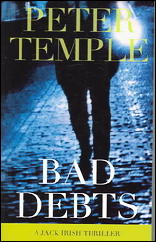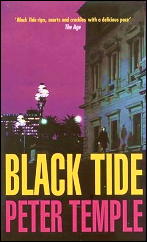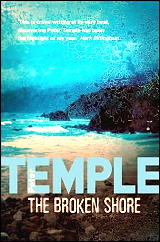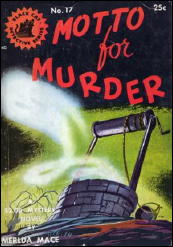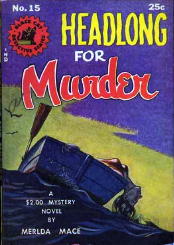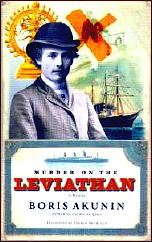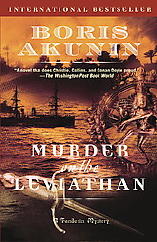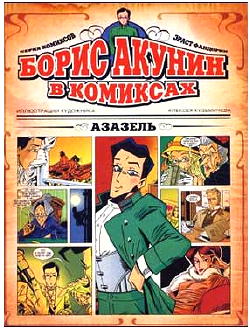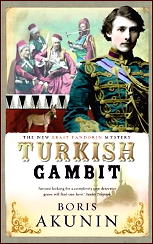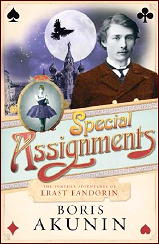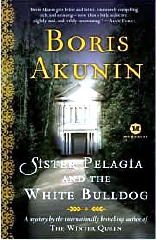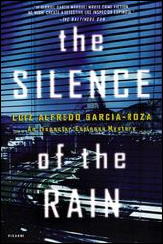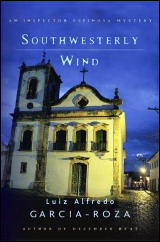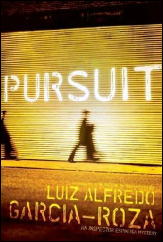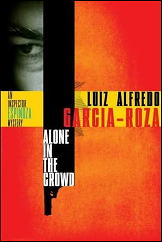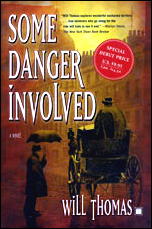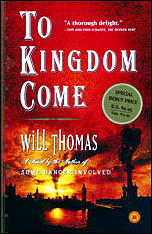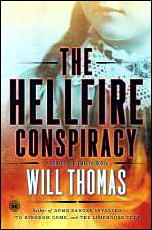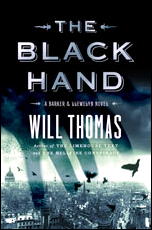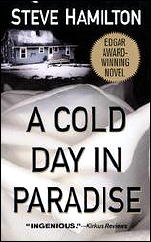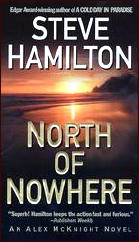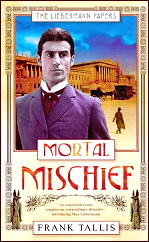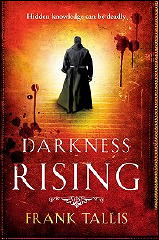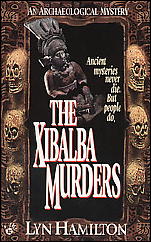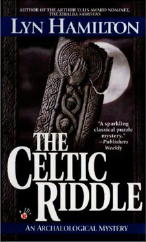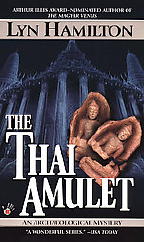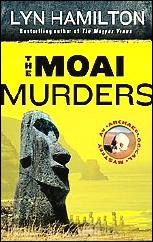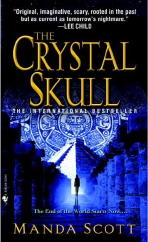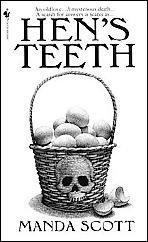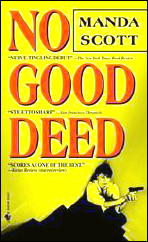Mon 28 Sep 2009
Archived Review: DOROTHY CANNELL – The Importance of Being Ernestine.
Posted by Steve under Bibliographies, Lists & Checklists , Characters , Reviews[2] Comments
DOROTHY CANNELL – The Importance of Being Ernestine.
Penguin, paperback reprint; 1st printing, April 2003. Hardcover edition: Viking Penguin, 2002.
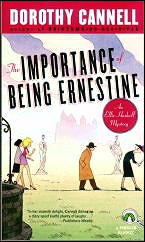
As in most things in life, timing is everything, but especially when it comes to comedy. And when it comes to comic detective novels, it’s difficult to explain in words what works and what does not, and when (and why) the beat is off.
This is the 11th in Dorothy Cannell’s series of books about amateur detective Ellie Haskell, and it’s one of the funniest mysteries I’ve happened to read since the Inspector Dover books. Note to myself: It’s time to read Joyce Porter again, to see if Dover is as humorous as I remember, or if he was really only a rather obnoxious dolt. There’s a fine line, you see.
Ellie, married, with three young children, is an interior decorator by trade, but — miffed at her husband, she takes up crime-solving with her housekeeper Mrs. Malloy, who’s been moonlighting as an would-be assistant to a private eye. Named Jugg. Nicknamed “Milk.” Of course.
Here’s Mrs. Malloy explaining to Mrs. H. what her latest ambition in life is, before their first client arrives (page 15):
“Whereupon he’d ask you to marry him?”
“No,” she spoke dreamily, “he’d tell me in ever such a masterful voice to sit down and take dictation.” A pause. “What could be sexier than that, Mrs. H.?”
I didn’t answer.
The pause is a stroke of genius. It’s all in the timing, as I say. The client then comes in, and the case is on. An elderly lady who (she now believes) wrongfully fired a maid who was pregnant (possibly by the lady’s now deceased husband) and accused of stealing a valuable brooch now wants to find the child and make amends. To complicate matters, a number of Mrs. Krumley’s aged relatives have started to die off in highly unusual (and suspicious) circumstances.
Taking over the case in Mr. Jugg’s absence, Ellie and Mrs. Malloy find no dark streets to go down. Most of the suspects live in or around the Krumley mansion, Moultty Towers (pronounced Moldy), and are for the most part, members of the upper strata of society.
There are lots of red herrings and false trails and strange and stranger events that subsequently occur, and it comes as no great surprise that a huge muddle is made in wrapping everything up, presenting the reader with one awkward discombobulated package at the end. I read the last chapter a couple of times, and I confess, it all makes sense. Sort of.
Would I read another? Absolutely. Weak ending or not, there’s a definite charm that’s present here, and I think it’s unique. Nothing similar comes readily to mind.
The Ellie Haskell series —
1. The Thin Woman (1984)
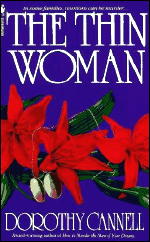
2. Down the Garden Path (1985)
3. The Widow’s Club (1988)
4. Mum’s the Word (1990)
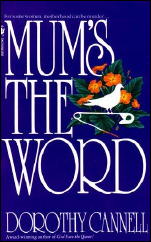
5. Femmes Fatal (1992)
6. How to Murder Your Mother-In-Law (1994)
7. How to Murder the Man of Your Dreams (1995)
8. The Spring Cleaning Murders (1998)
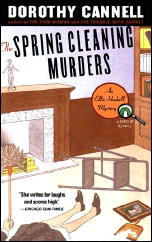
9. The Trouble with Harriet (1999)
10. Bridesmaids Revisited (2000)
11. The Importance of Being Ernestine (2002)
12. Withering Heights (2007)
13. Goodbye, Ms. Chips (2008)
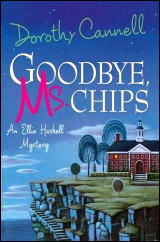
14. She Shoots to Conquer (2009)
